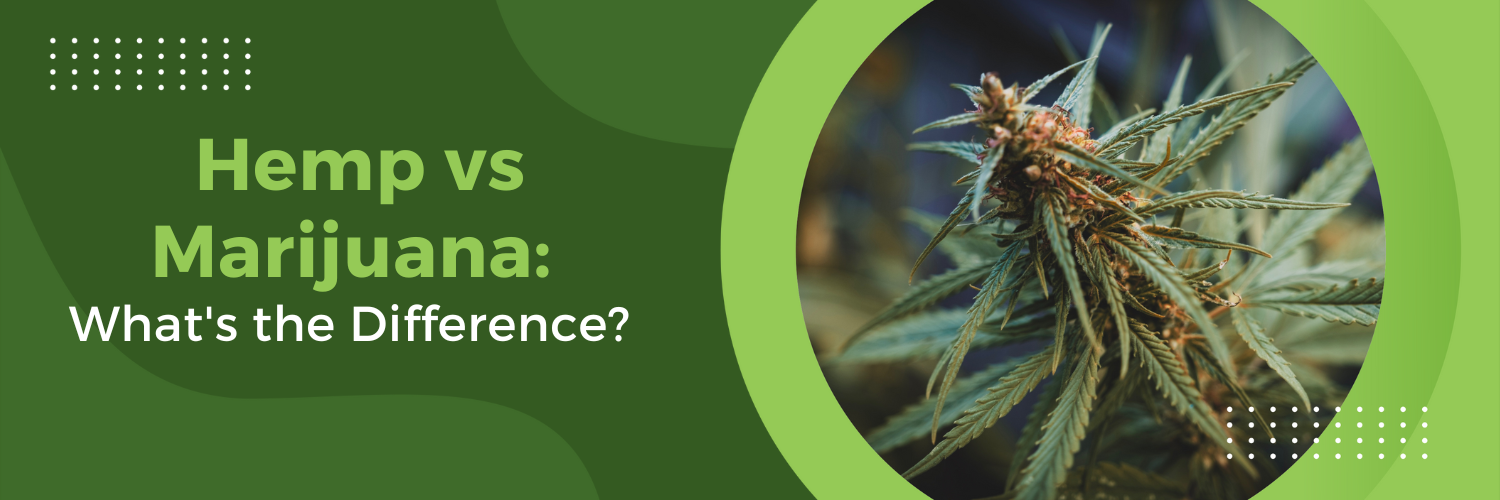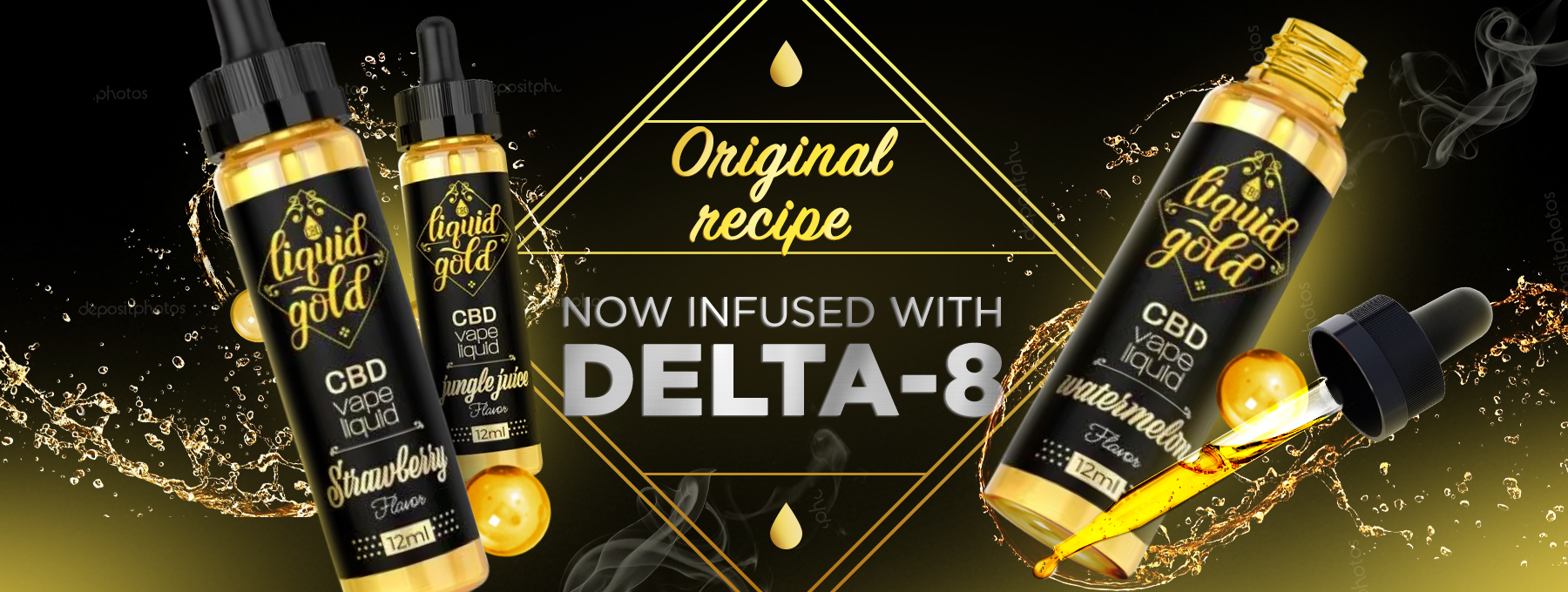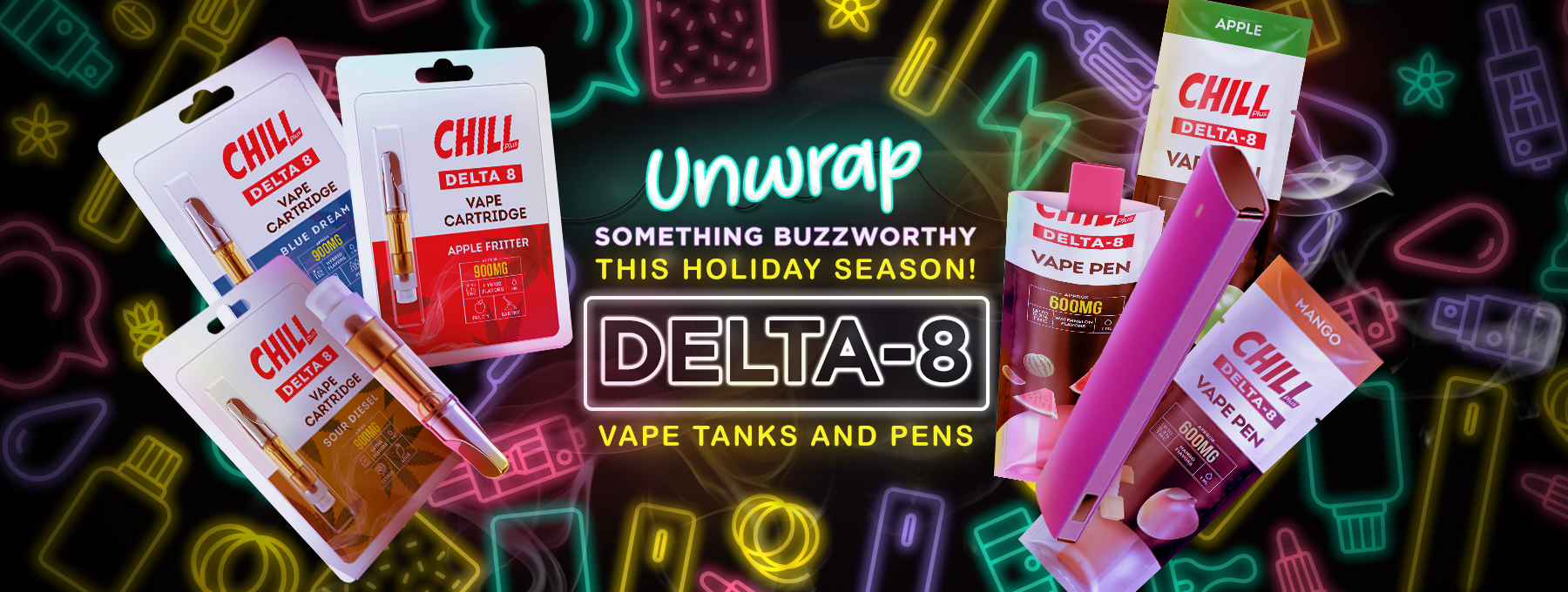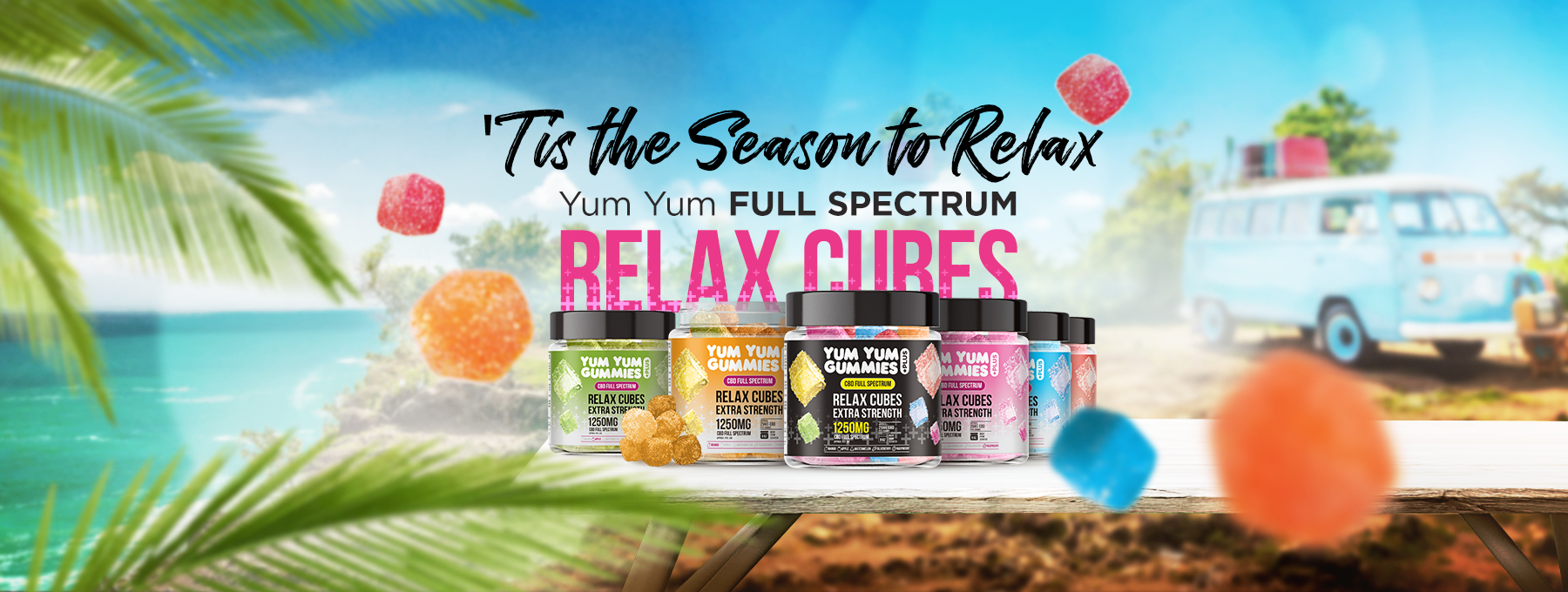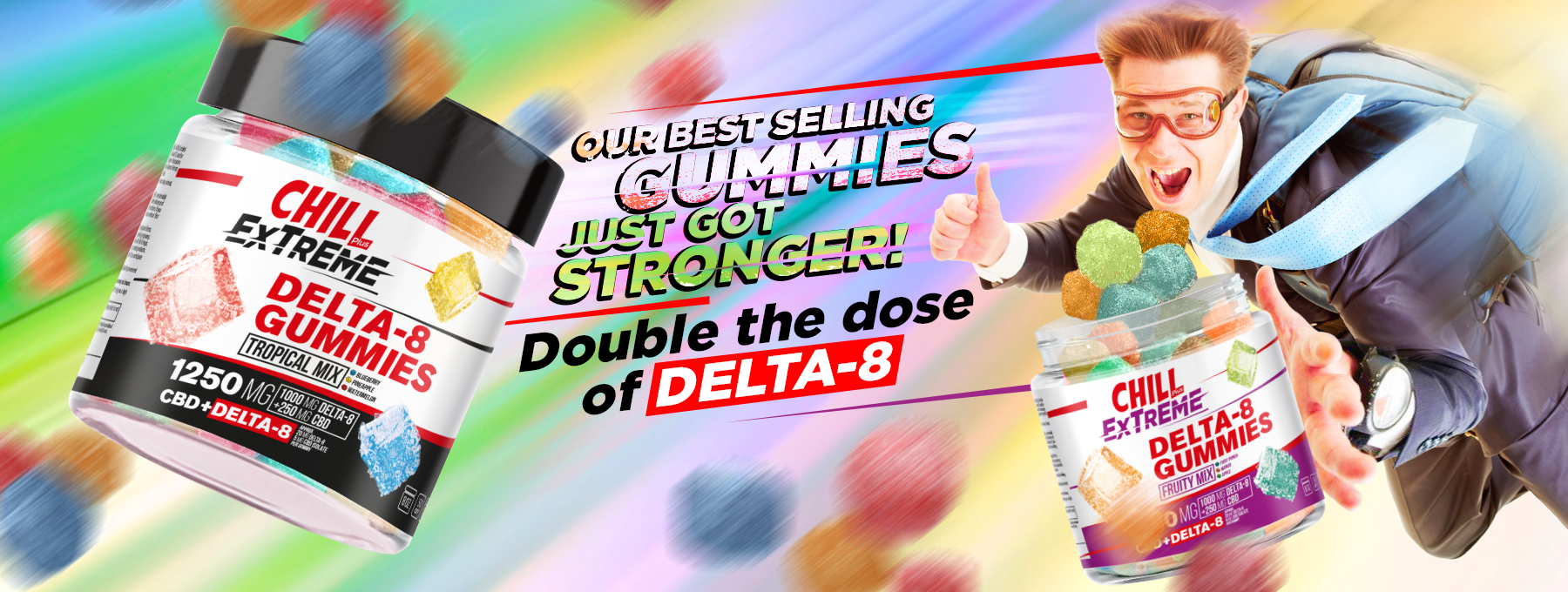2 Main Classifications of Cannabis
The cannabis plant, scientifically known as Cannabis sativa, can be broadly categorized into two main classifications: hemp and marijuana. Throughout history, cannabis has served various purposes. Ancient civilizations used it for medicinal, religious, and recreational purposes. In modern times, advancements in research have shed light on the plant’s potential benefits, leading to the rise of cannabis-related industries.

Hemp – The Industrial Wonder
Hemp, a variety of Cannabis sativa, is primarily known for its industrial applications. It possesses distinct characteristics, including tall and sturdy stalks with slender leaves. One of the most remarkable aspects of hemp is its versatility. It has been utilized in textile manufacturing for centuries, producing durable fabrics and ropes.
Additionally, hemp paper is eco-friendly, requiring less water and fewer chemicals in its production compared to traditional paper. Moreover, the construction industry benefits from hemp, which can be used to make sustainable building materials like hempcrete. Beyond industrial applications, hemp seeds are a nutritional powerhouse, packed with essential fatty acids, proteins, and minerals, making them an increasingly popular addition to various foods.
Marijuana – The Medicinal and Recreational Potency
Marijuana, another variety of Cannabis sativa, is best known for its medicinal and recreational uses. It typically features broad leaves and dense flower buds. The key component responsible for its psychoactive effects is delta-9-tetrahydrocannabinol (THC). Marijuana has demonstrated significant potential in managing chronic pain, alleviating nausea, and stimulating appetite, especially for patients undergoing chemotherapy or suffering from certain medical conditions.

Additionally, marijuana’s recreational use is driven by its ability to induce feelings of euphoria and relaxation. However, it’s essential to acknowledge that marijuana consumption comes with potential risks, including impaired cognitive functions and dependency issues for some individuals.
The Key Differences Between Hemp and Marijuana
|
Aspect |
Hemp |
Marijuana |
| Definition | A variety of cannabis with low THC content (≤0.3%) | A variety of cannabis with high THC content |
| THC Content | Low (≤0.3% on a dry weight basis) | High (varies, but generally >0.3%) |
| CBD Content | Typically higher CBD content than marijuana | CBD content varies; may have less CBD than hemp |
| Appearance | Taller and slimmer plants with narrow leaves | Shorter and bushier plants with broader leaves |
| Industrial Uses | Textiles, paper, construction materials, biofuel | Primarily for medicinal and recreational purposes |
| Nutritional Benefits | Rich source of protein, essential fatty acids, and vitamins | Not commonly used for nutritional purposes |
| Psychoactive Effects | Non-psychoactive, does not produce a “high” | Psychoactive, induces the characteristic “high” |
| Medicinal Applications | Limited THC may offer potential medicinal benefits | Used for various medicinal purposes |
| Recreational Use | Does not cause intoxication or euphoria | Used for recreational purposes due to its effects |
| Legal Status | Federally legal in many countries due to low THC content | Classified as a controlled substance in many places |
| Environmental Impact | Low water usage, soil enrichment, carbon sequestration | Less studied, environmental impact varies |
| Cultivation Requirements | Grows well in diverse climates, less reliant on artificial lighting | Often grown indoors under controlled conditions |
| Male vs. Female Plants | Focus on female plants for seed and fiber production | Emphasis on female plants with high THC content |
The Chemical Composition and Legal Distinctions
The Chemical Composition
- Cannabinoids: Both hemp and marijuana contain cannabinoids, which are chemical compounds unique to the cannabis plant. The most well-known cannabinoids are CBD (cannabidiol) and THC (tetrahydrocannabinol).
- CBD (Cannabidiol): CBD is abundant in hemp and is known for its non-psychoactive properties. It has gained popularity for its potential therapeutic benefits, such as pain relief and anxiety reduction.
- THC (Tetrahydrocannabinol): THC is primarily found in marijuana and is responsible for the psychoactive effects that produce the “high” sensation. It also has medicinal properties but is subject to legal restrictions due to its intoxicating nature.
- CBG (Cannabigerol): CBG is a lesser-known cannabinoid found in both hemp and marijuana. It is considered the precursor to other cannabinoids and may have potential medicinal properties.
- CBN (Cannabinol): CBN is a degradation product of THC and is found in aged cannabis plants. It may have mild psychoactive effects but is generally less potent than THC.
Legal Distinctions
- Hemp: The legal definition of hemp varies by jurisdiction but is often defined as cannabis containing less than 0.3% THC on a dry weight basis. Hemp cultivation and the production of hemp-derived products are legal in many countries due to its low THC content.
- Marijuana: Marijuana is cannabis with THC levels higher than 0.3%. It is classified as a controlled substance in numerous places, resulting in stricter regulations and limitations on its cultivation, sale, and use.
- Federal vs. State Laws: In some countries, such as the United States, there are variations between federal and state laws regarding the legality of hemp and marijuana. While hemp may be legal at the federal level, marijuana could still be classified as illegal under federal law, but legal or decriminalized in certain states.
- Medical Marijuana: Some jurisdictions have legalized the medical use of marijuana for specific medical conditions, allowing patients with qualifying conditions to access THC-containing products with a doctor’s prescription.
- Recreational Marijuana: In certain regions, marijuana has been legalized for recreational use, allowing adults of a certain age to purchase and consume cannabis products without a medical prescription.
- Industrial Hemp: The cultivation of industrial hemp is often promoted for its environmental benefits and its potential in various industries, leading to further legal distinctions regarding its use in textiles, construction materials, and food products.
Please note that the legal status of hemp and marijuana can change over time, and it is essential to refer to the specific laws and regulations in your location for the most up-to-date information.
Environmental Impact and Cultivation Differences
Environmental Impact
- Water Usage: Hemp cultivation is known for its low water requirements compared to traditional crops like cotton. Hemp plants are more drought-resistant, meaning they can thrive with minimal irrigation. In regions facing water scarcity or where sustainable water management is crucial, hemp offers an environmentally friendly alternative to water-intensive crops.
- Soil Enrichment: Hemp cultivation can have positive effects on soil health. The deep root system of hemp plants helps prevent soil erosion by stabilizing the soil and reducing runoff. Additionally, hemp’s growth cycle involves drawing nutrients from the soil, which can lead to soil enrichment and improved fertility. As a result, hemp acts as a natural bioaccumulator, cleaning and purifying the soil by removing toxins and heavy metals.
- Carbon Sequestration: Hemp plants are efficient carbon dioxide (CO2) absorbers, making them beneficial in combating climate change. During photosynthesis, hemp absorbs CO2 from the atmosphere, converting it into carbon to support plant growth while releasing oxygen back into the air. As a fast-growing crop, hemp has the potential to sequester a significant amount of carbon from the atmosphere, making it an eco-friendly option for carbon capture and offsetting greenhouse gas emissions.
Cultivation Differences
- Plant Appearance: Hemp and marijuana plants have distinct physical characteristics. Hemp plants tend to be taller and slimmer, with long, fibrous stalks and narrower leaves. In contrast, marijuana plants are bushier, with broader leaves and a shorter stature.
- Male vs. Female Plants: For hemp cultivation, the focus is often on growing female plants to maximize seed and fiber production. Male plants are typically removed to prevent pollination, which could decrease the quality of the final hemp product. On the other hand, marijuana cultivation may emphasize growing female plants with high THC content for medicinal or recreational purposes.
- Growing Density: Hemp plants are usually spaced further apart to allow for adequate airflow and light penetration, leading to healthy plant growth. In contrast, marijuana plants may be grown more closely together in controlled environments to maximize space utilization and optimize THC production.
- Cultivation Methods: Hemp is often grown outdoors, benefiting from natural sunlight and less dependency on artificial lighting. It can thrive in a wider range of climates, making it suitable for cultivation in various regions. In contrast, marijuana is often cultivated indoors, especially in places with strict regulations or unfavorable climate conditions. Indoor cultivation allows for precise control over environmental factors like temperature, humidity, and lighting, which can impact the plant’s growth and THC content.
- Harvesting Time: The timing of harvest differs between hemp and marijuana. Hemp is typically harvested when the seeds are mature and the plant’s fibers are at their peak quality. Marijuana, however, is usually harvested when the buds are fully developed and contain the highest concentration of THC.
Understanding these environmental impacts and cultivation differences is essential for making informed decisions about the appropriate use of hemp and marijuana in various industries and applications. Emphasizing sustainable cultivation practices and maximizing the potential benefits of both varieties can contribute to a more environmentally responsible approach to cannabis agriculture.
Conclusion

The differences between hemp and marijuana are pivotal to understanding the broad spectrum of cannabis applications in today’s world. Hemp stands as an exceptional industrial wonder, offering eco-friendly alternatives in textiles, construction, and nutrition through its versatile seeds. On the other hand, marijuana’s medicinal and recreational potency, driven by its higher THC levels, holds promise for specific therapeutic uses.
As the cannabis industry continues to evolve, it is essential to stay informed about the legalities, uses, and potential benefits of hemp and marijuana. If you’re interested in exploring high-quality cannabis products, I encourage you to check out Leaf Alleviate’s range of offerings. Leaf Alleviate is a trusted brand known for its dedication to providing safe and effective products that meet the needs of consumers. To learn more about their products and how they can enhance your well-being, visit their website at www.leafalleviate.com.
FAQs
Q: What is the primary difference between hemp and marijuana?
Hemp and marijuana are different varieties of the cannabis plant, characterized by their levels of THC and CBD. Hemp typically contains low THC levels (less than 0.3%), while marijuana has higher THC content, causing psychoactive effects.
Q: Is CBD derived from hemp or marijuana?
CBD can be derived from both hemp and marijuana. However, CBD derived from hemp is more common due to its legal status and higher CBD content.
Q: Can hemp get you high like marijuana?
No, hemp does not contain enough THC to cause psychoactive effects, so it does not induce a “high” like marijuana.
Q: What are the main industrial uses of hemp?
Hemp is used in various industries, including textiles, paper production, construction materials, biofuels, and more.
Q: Are there any legal restrictions on hemp and marijuana cultivation?
The legal status of hemp and marijuana cultivation varies by country and state. Hemp cultivation is often more widely accepted due to its low THC content, while marijuana cultivation may have stricter regulations, especially for recreational use.

